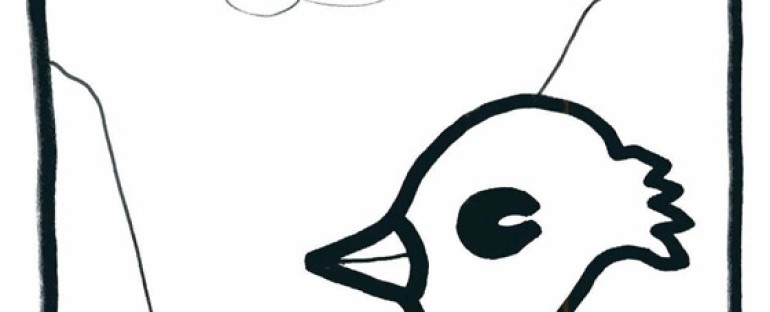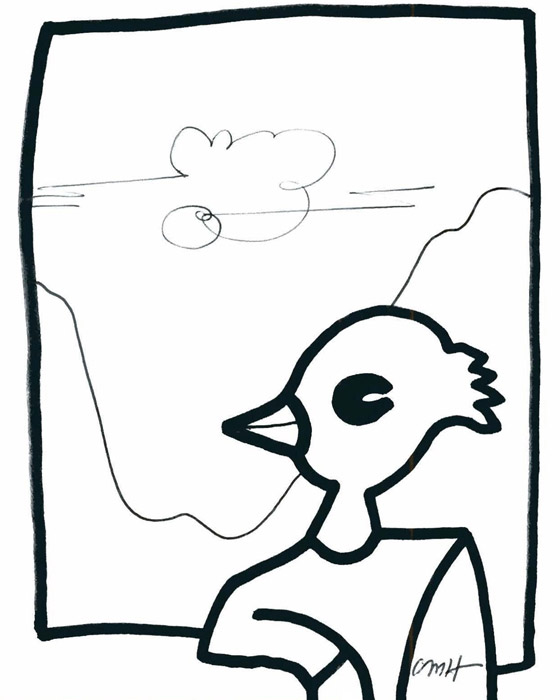Tag Archives: National Tell a Story Day
Late today—April 27, 2013—I realized it was a holiday of sorts. Though admittedly, I had never really heard of it before, I learned today was indeed National Tell A Story Day. For someone who has made her living as a storyteller, I knew I couldn’t let this day go by without a proper celebration.
Naturally, the only way a storyteller can properly celebrate National Tell a Story Day is to, of course, tell a story.
What better story to tell on National Tell a Story Day than the story of how I began to tell stories in the first place—-first for fun and then as a career.
My story begins with Miss Constance, who happened to be my fourth grade teacher. Miss Constance was one of those no-nonsense, old-fashioned teachers with sturdy shoes, a firm voice and a love for good writing. Truth be told, most of her students were afraid of her. She could be stern and disciplined but her love of teaching was her passion. She spent each hour in her classroom doing her best to pass on her love of learning to the 18 young students she shepherded through fourth grade every year.
In the year I was 8, Miss Constance gave us all a writing assignment. She asked us to choose a topic related to our hometown and write something about it. We were to write a full page in our own handwriting (no laptops, tablets or smartphones to cheat with back then). We were, she explained, to tell the class a story about our topic.
I set about writing my story. I knew I wanted to accomplish 3 things. First, I wanted to tell a story that would be unique. Second, I wanted to tell a story with both words and pictures so that my classmates would remember it. Third, I wanted it to be good writing—no spelling or grammatical mistakes for me.
On the day the assignment was due, I handed in my entry titled “A Bird’s Eye View of Chicago.” I realized as I looked around the classroom that it looked nothing like that of my classmates’ assignments. It wasn’t written on lined notebook paper in large letters. Instead, I had written it in the form of a mini-book. I suppose you could call it my first e-book. It was in color with many pages and with a hand-drawn picture on every page.
The next day in class, Miss Constance handed back all the graded writing assignments–all except mine. Instead, she asked me to come up to the front of the class and read my assignment to the class. Yikes! Butterflies were swarming around in my stomach. Would the class like my story? Did Miss Constance? Or was I being called out in front of the class?
As I began to read my story and showed the class each page and picture I had hand-drawn, I became aware of something for the first time. They were paying attention. At some points, they even laughed. And when I was done, Miss Constance had this big smile on my face.
Then, on that day I read aloud the first real story I had ever written, Miss Constance did something I’ve never forgotten. She walked up to me and told me–and the entire class—that she loved reading my story and that she knew I would be a professional writer some day. She told me to keep writing and to write about what I loved and was important to me…no matter what anyone else thought. She told me writing was hard work but that it was worthwhile work. Finally, she said that she knew she would look forward to one day seeing my writing in print.
From that day on, I knew what I wanted to do. I continued to write and pursued a career in journalism which today has morphed into a career in content marketing and social media. I’ve told hundreds of stories since that day in Miss Constance’s class and have never forgotten what she said.
Decades later, I continue to take with me key lessons learned from that 4th grade class:
Keep at it.
Writing is hard work. Good writing takes time, effort and commitment. But if you keep at it, you can get better at it and others will benefit from it.
Seek both to inform and entertain.
Good writing should attempt to inform and educate while also seeking to entertain, amuse and inspire.
Listen and learn from others.
Good storytellers learn as much, if not more, from reading others’ work and connecting with them as telling their own stories.
Tell stories that are memorable.
Think out of the box. How can you tell your story differently to add value? What will be memorable to your audience? Is it a story you’d be interested in reading?
Think visually when storytelling.
When crafting a story, think in pictures as well as words. Endeavor to use images and imagery to be an effective visual storyteller.
Make each story your own.
Good stories should reflect your personality. Share yourself with your readers in ways that add value.
Pay it forward.
Share what you’ve learned with others. Mentor other would-be storytellers and acknowledge and appreciate good work….and great writing.
Oh, and that very first story I wrote for Miss Constance’s fourth-grade class? A+.
Tell a great story today…and tomorrow. Craft stories that matter and are memorable.
Share This
Recent Blog Posts
- International Women’s Day: Taking action to gain traction
- Be a shoulder and a hand: 10 ways to help women in the workplace show up and shine up
- Unfinished Business: Content Marketing’s Role in Cracking the Glass Ceiling
- Lessons Learned from 84 Lumber’s Super Bowl Fail
- Brands Rise Up to Stand Out in Super Bowl 2017
Categories
Blog Post Tags
My Tweets

About Me
Portfolio Categories
Follow Me
Recent Posts
-
International Women’s Day: Taking action to gain traction
The first time I noticed men and women were treated...
-
Be a shoulder and a hand: 10 ways to help women in the workplace show up and shine up
International Women’s Day is an important day of...
-
Unfinished Business: Content Marketing’s Role in Cracking the Glass Ceiling
When it comes to tackling the gender equality issue...
-
Lessons Learned from 84 Lumber’s Super Bowl Fail
84 Lumber got it wrong on Super Bowl Sunday. In fact,...
















